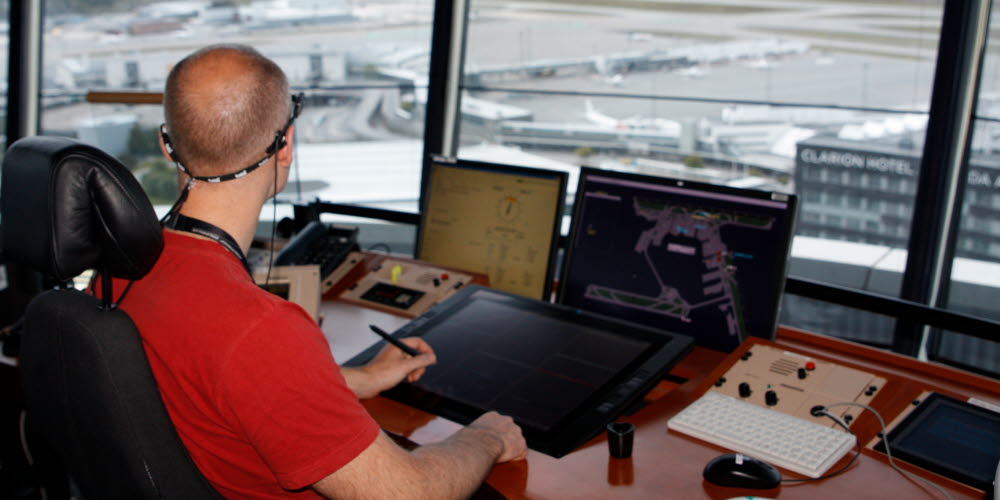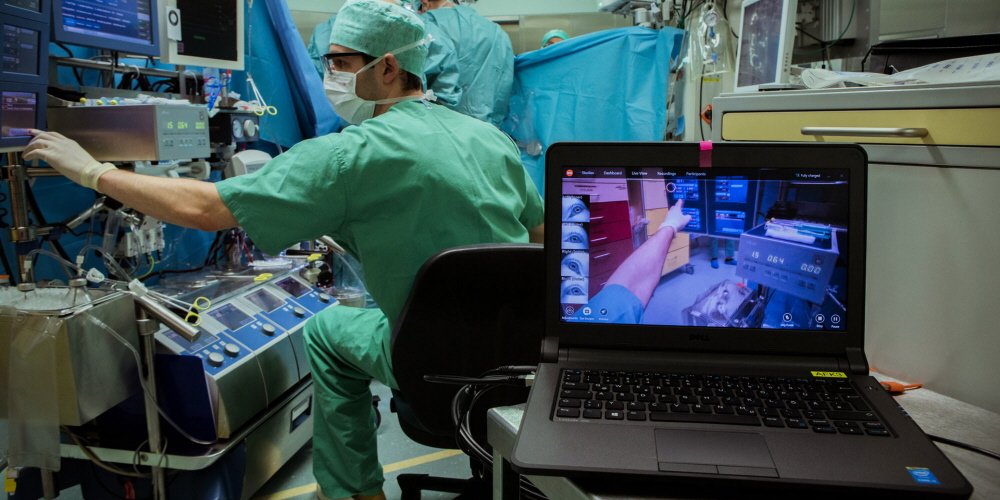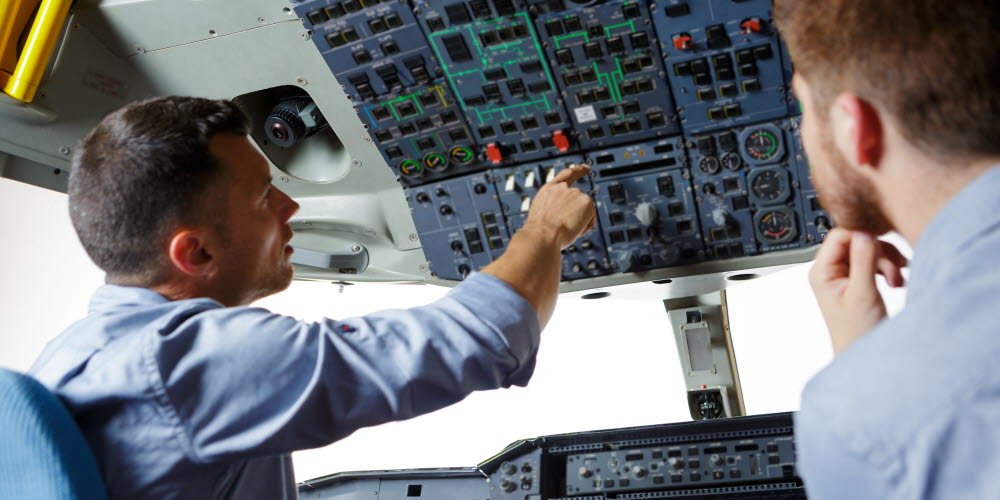Capture visual attention and leverage what it reveals about human performance. Whether you're looking at surgeons in an operating room, pilots in a simulator, athletes, or control room operators, eye tracking reveals the tacit knowledge attached to how they perform their tasks, allowing you to utilize this insight.

Understanding another's thought process or what motivates their decisions is difficult. Eye tracking is an ideal tool for revealing attention patterns and decision drivers because it allows you to view someone's visual attention in real-time and see how it correlates with their behavior. The value of this, is that it lets you know how human factors influence the outcome of the task being performed, and access insights on things like cognitive load, situational awareness, and visual behavior without disrupting the activity.
Develop more effective training tools by incorporating eye tracking into your education and assessment processes. By seeing in real-time what someone is looking at, trainers get unique insight into what's happening from the wearer's perspective and can provide immediate feedback. Post-session replay allows individuals to observe their own behavior and more easily understand how and where to make adjustments.


Experts carry a large amount of knowledge linked to the performance of their work which has been acquired through experience. This tacit knowledge is accumulated over time from extensive practice and training which makes it difficult to articulate as it becomes part of their subconscious or instinctive behavior. By using eye tracking, you can discover what visual strategies and behavioral patterns are behind the practices of experts and transfer these skills to other employees or team members.